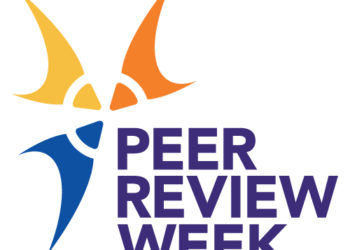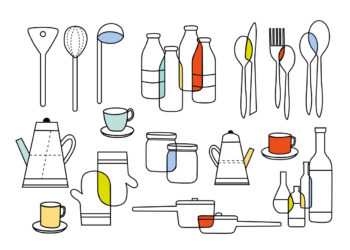
Back in 2008 — the first year of this blog — I was making the acquaintance of another person relatively new to blogging, a real reporter, editor, and writer with many more chops in the journalistic world. Back in 2007, Scott Hensley introduced blogging to the Wall Street Journal as editor of its Health Blog. Jacob Goldstein served as its primary writer, with contributions from Hensley.
Scott and I shared a few interesting experiences as his WSJ Health Blog earned the admiration and respect of readers, editors, and publishers throughout the biomedical space.
Scott moved on to NPR a couple of years ago to run their Shots blog and provide on-air health reporting, and last week, the WSJ Health Blog was shuttered. As word spread about the blog’s demise, social media pulsed with praise and props, and the scope of its influence became clear.
The WSJ Health Blog proved beyond a shadow of a doubt that blogging wasn’t just a technological fad for geeks and the fringe — the Health Blog showed that, in the right hands, blogging revealed talent, propelled information forward, helped great reporters do their jobs better, and allowed bigger, faster, and stronger communication.
But not everyone accepted this. At one memorable professional society meeting, Scott and I were the featured outside speakers at a gathering of medical editors. I was new to blogging, but Scott had spent more than a year at it by then, blogging within a very high-profile brand under intense scrutiny. He was much more seasoned than I.
We each gave our presentations about current new media experiments and where we thought things were going. The medical editors — mostly older academics with no shortage of ego — challenged our claims about new communication technologies and their importance. They were especially critical of blogs. Scott was having none of it, telling them essentially that you can’t dismiss ideas and facts and quality because of how something is published, especially when readership online is big and growing fast — you have to evaluate the professionals producing the information, their grasp of the facts, and the clarity of their presentation, and if the fact that it’s on a blog blinds you to the fact that top health reporters are doing their jobs and doing them well, then that’s your loss, not his problem. It was awesome and inspiring, and he was exactly right.
Scott and Jacob proved with the WSJ Health Blog that blogging can provide great writers and reporters real advantages. They can cover things more quickly and with better sourcing than their competitors. The two of them made great editorial choices, were always interesting to read, and carved out new terrain, setting high standards all the while.
A recent column praising the now-defunct Health Blog highlights some key lessons keen observers could glean:
Blogs are Beasts That Must Always Be Fed: Creating great content, day-in-and-day-out, is a tough, tough road. The Wall Street Journal is a jewel in a News Corp. empire that could hit $10 billion in profit this year. They have some of the best writers in the world. And they couldn’t prioritize the blog. Can your company do better?
People Matter: During salad days at the Health Blog, the blog had a definite voice and a definite perspective, thanks to Jacob and Scott. When they left, some of that voice was lost, and while the writing and reporting remained top-notch, it served as a reminder that the best social media efforts are always associated with a person (Scott Monty at Ford, Frank Eliason at Comcast, even Arianna Huffington at her eponymous news site). Will your brand journalism have a recognizable face?
Own a Niche: When Health Blog launched, they owned a certain topical niche: the business of health, writ large. This set them apart from what was then — and is now — the much more competitive space of examining every piece of consumer health news. But as time went on, the topics covered were less and less distinct from the offerings of a dozen other reputable sites. And while the quality was never in doubt, the lack of focus meant that there were fewer surprises. If you’re going to get in the content game, what will you be able to provide better than anyone else?
In reading these tips, I find myself identifying with them. Over the past few years, the Scholarly Kitchen has developed into a daily habit for thousands in our industry, but it must be fed. Luckily, there’s a great corps of writers here who can feed the beast. We have a mix of voices and perspectives, and my contributions are less important than they were in the early days, which feels better for many reasons. But because we “own the niche,” the voices we have mesh well, and provide an interesting and sometimes surprising diversity.
That said, feeding the beast still requires an amazing amount of time and dedication for most of us — the editors, the regular writers, and the comment moderators. As SSP is an all-volunteer organization, this work is unpaid, and shows how vital the dedication of incredibly talented people can be, here in the Kitchen and to SSP in general.
Since 2007-08, blogging has become mainstream, with Huffington Post, Daily Beast, the Atlantic, and more joining the fray. The WSJ Health Blog set a standard of editorial quality and trailblazing audacity we should all strive for in our lives.
On this Thanksgiving week, let’s be grateful for trailblazing bloggers. Good work, Scott and Jacob. Thanks.
Discussion
1 Thought on "Hat Tip to the Wall Street Journal's Health Blog — and Lessons from the Trails It Blazed"



